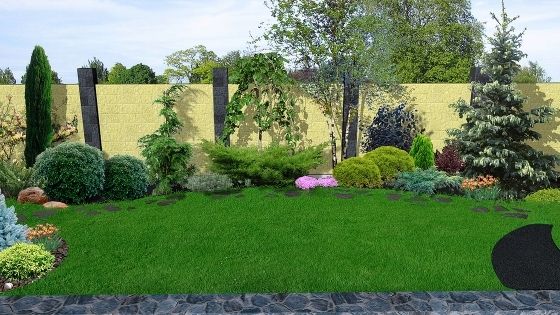Over 10 billion animals get killed for food in America every year. Considering that, humans don’t even eat the entire animal after. So what happens to the parts they don’t want to eat?


Blood, bones, internal organs, feathers, and unwanted fat get sent to a rendering plant. It’s a processing operation that turns animal by-products into usable material. These materials include industrial fats and oils and various other products.
Do you want to know the process of handling animal by-products? Learn more about them and rendering plants here!
What It Does
The primary contributor to a rendering plant is a slaughterhouse. Moreover, concentrated feedlots, poultry processing plants, and livestock farming come second.
A rendering plant turns animal remains and carcasses into safe, pathogen-free feed protein. They’re also turned into other end products and handed over to a processing plant.
This process reduces the detrimental effects of the remains and carcasses on people. Not only that, it helps the environment to a great extent.
How It Helps Humans And Animals
Rendering involves various processes. Thus, cooking and drying meat and other by-products are examples of the process. They also make use of a rendering machine.
These recover lipids and proteins, resulting in various products used in everyday items. These include soaps, lubricants, candles, paints, polishes, plastics, fertilizers, rubber, etc.
Also, we can use fats and proteins to boost the nutrition of human and animal feeds. Organ meats, for example, are high in nutrients that animals need to maintain their health. These items work for livestock, poultry, fish feed, and domestic animals.
The rendering process uses high heating temperatures. It prevents the transmission of health risks that could come from the remains.
Maintaining safety and quality standards is critical since edible goods also have them. Hazard analyses ensure that good manufacturing practices are still applicable. Hence, in charge of overseeing rules ranging from rendering to pet food safety is the AAFCO.
How It Helps With Sustainability
Rendering plants prevent pounds of raw materials from entering landfills. Without them, all landfills in the United States would be brimming in less than four years.
The process of rendering protects human health. It also keeps a significant amount of greenhouse emissions out of the atmosphere. Rendering improves the sustainability of animal operations and the food sector altogether.
What It Needs to Abide By
Rendering plants abide by all relevant federal, state, and local laws and regulations. In their Rendering Code of Practice stewardship program, they conduct hazard studies. They also control food safety issues and apply good manufacturing practices.
It also complies with the Food Safety Modernization Act set forth by the FDA. Consumers can trust the safety of finished products because of these. They assure consistent quality among renderers while also increasing the visibility of manufacturing.
Know More About a Rendering Plant Today
A rendering plant plays a vital role in environmental sustainability worldwide. It practices one of the oldest recycling processes and contributes to progress in the food industry. Without it, animal by-products would create a massive disposal problem.
For more Health and Lifestyle content, we have other blogs you can check out.
















